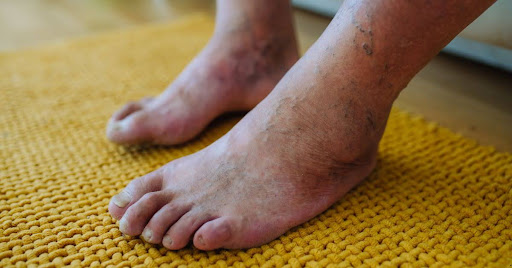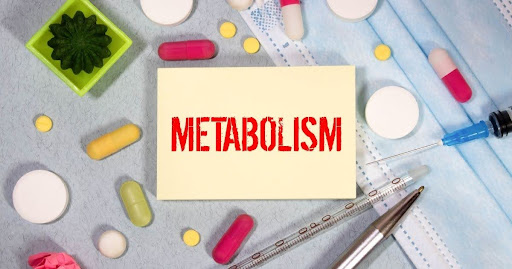How to Maintain a Healthy HbA1c: Diet, Exercise & Lifestyle Tips
3 min read
By DocGenie , Published on - 13 March 2025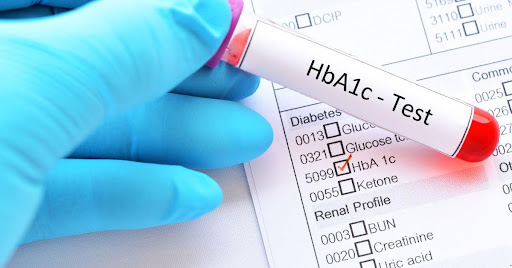 Managing your HbA1c levels is essential for long-term health, especially for individuals with diabetes or those at risk. The HbA1c test reflects your average blood sugar levels over the past two to three months and is a critical marker for diagnosing and monitoring diabetes. If you're wondering what the normal range of HbA1c in females is, or whether the test requires fasting, this guide covers it all. Let’s explore how lifestyle changes can help keep your HbA1c in check.
Managing your HbA1c levels is essential for long-term health, especially for individuals with diabetes or those at risk. The HbA1c test reflects your average blood sugar levels over the past two to three months and is a critical marker for diagnosing and monitoring diabetes. If you're wondering what the normal range of HbA1c in females is, or whether the test requires fasting, this guide covers it all. Let’s explore how lifestyle changes can help keep your HbA1c in check.What Is HbA1c and Why Is It Important?
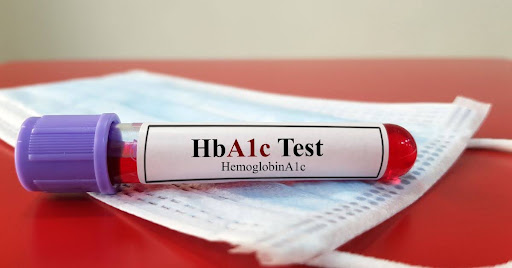
- HbA1c Defined: HbA1c, or glycated hemoglobin, indicates the percentage of hemoglobin molecules in the blood that have glucose attached to them.
- Role in Diabetes: It helps assess how well your blood sugar has been controlled over time, rather than giving a snapshot like regular blood glucose tests.
- HbA1c Normal Range Chart:
- Non-diabetic: below 5.7%
- Prediabetic: 5.7%–6.4%
- Diabetic: 6.5% or higher
For women, the normal range of HbA1c in females is typically the same as in males, although hormonal variations can affect results.
Does HbA1c Require Fasting?
- No Fasting Required: One of the conveniences of the HbA1c test is that it does not require fasting, unlike other blood sugar tests.
- Ease of Monitoring: This makes it easier for patients to test without needing to alter their meal schedules.
Average Blood Sugar Calculated from HbA1c
Understanding how your HbA1c translates to average blood sugar is essential:| HbA1c (%) | Estimated Average Glucose (mg/dL) |
|---|---|
| 5.0% | 97 |
| 6.0% | 126 |
| 7.0% | 154 |
| 8.0% | 183 |
Lifestyle Tips to Maintain a Healthy HbA1c
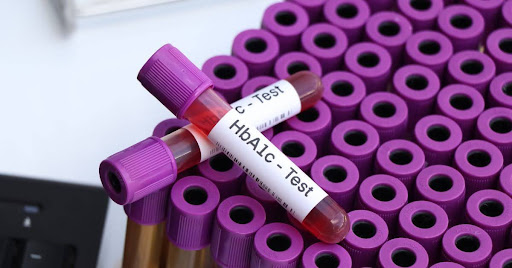
- Prioritize a Balanced Diet
- Low-Glycemic Foods: Incorporate foods that digest slowly, such as oats, brown rice, beans, lentils, and non-starchy vegetables.
- Fiber-Rich Meals: Soluble fiber helps manage blood sugar spikes. Include whole grains, fruits, and leafy greens.
- Limit Sugary Foods: Avoid sweetened beverages, desserts, and high-carb snacks.
- Exercise Regularly
- Aerobic Activities: Walking, swimming, or cycling 30 minutes daily helps lower blood sugar.
- Strength Training: Builds muscle mass and improves insulin sensitivity.
- Routine Is Key: Consistency matters more than intensity when it comes to improving HbA1c.
- Maintain a Healthy Weight
- Excess body fat, especially around the abdomen, increases insulin resistance.
- Losing just 5–10% of your body weight can significantly reduce HbA1c levels.
- Monitor Your Blood Sugar at Home
- Frequent monitoring helps identify trends and prevents complications.
- Adjust diet or activity based on glucose readings, in consultation with your doctor.
- Sleep and Stress Management
- Poor Sleep: Inadequate sleep can spike blood sugar.
- Manage Stress: Chronic stress releases cortisol, which can elevate glucose. Try yoga, meditation, or deep breathing.
What Should You Avoid to Keep HbA1c Levels Low?
- Processed Foods: High in simple carbs and unhealthy fats.
- Sedentary Lifestyle: Lack of physical activity directly impacts insulin resistance.
- Skipping Meals: Can cause fluctuations in blood glucose, leading to higher HbA1c.
When to See a Doctor
- If your HbA1c stays above 7% despite lifestyle changes.
- Experiencing symptoms like frequent urination, fatigue, or unexplained weight loss.
- To discuss medication adjustments or insulin therapy if needed.

